View all Standards for Georgia Performance Standards - Theatre Arts
TAHSA.CR.2 Develop scripts through theatrical techniques.
a. Examine theatre practices regarding the development, structure, layout, and format of scripts.
b. Use improvisation, personal experiences, heritage, imagination, literature, and history to develop scripts.
c. Perform formal and informal monologues and scenes based on published and original scripts.
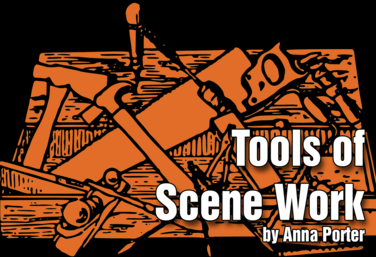
Tools of Scene Work
by Anna Porter
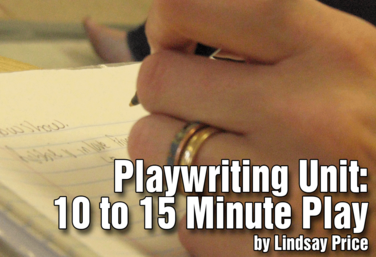
Playwriting Unit: 10 to 15 Minute Play
by Lindsay Price
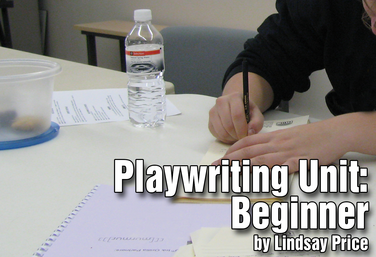
Playwriting Unit: Beginner
by Lindsay Price
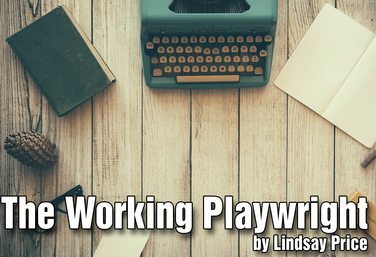
The Working Playwright *Hyperdoc
by Lindsay Price
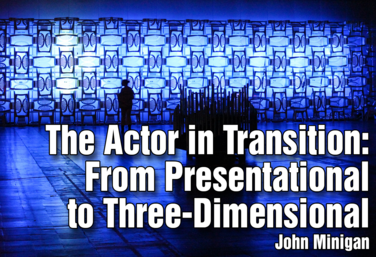
The Actor in Transition: From Presentational to Three-Dimensional
by John Minigan
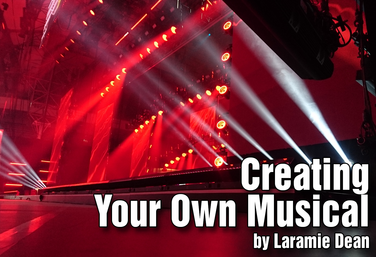
Creating Your Own Musical
by Laramie Dean
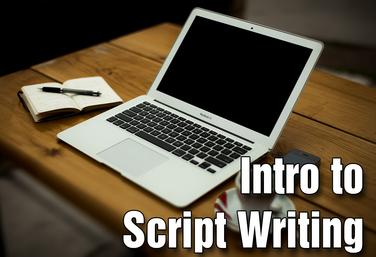
Part of the Middle School Curriculum
Unit Five: Intro to Script Writing
by Lindsay Johnson
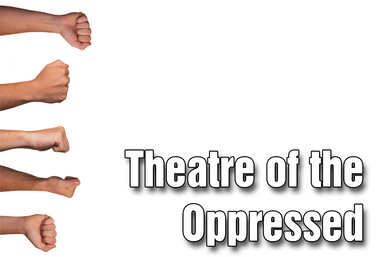
Part of the Middle School Curriculum
Unit Eight: Theatre of the Oppressed
by Lindsay Johnson
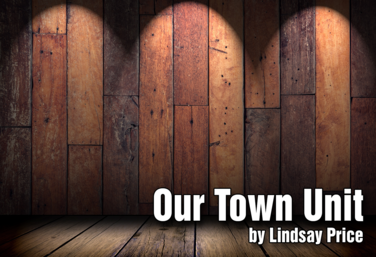
Our Town Unit
by Lindsay Price
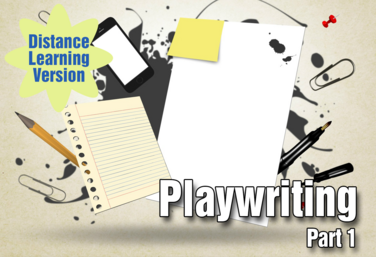
Part of the Distance Learning Curriculum
Playwriting: Part 1
by Lindsay Price
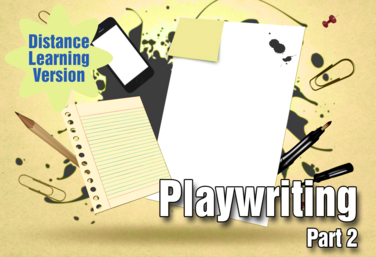
Part of the Distance Learning Curriculum
Playwriting: Part 2
by Lindsay Price
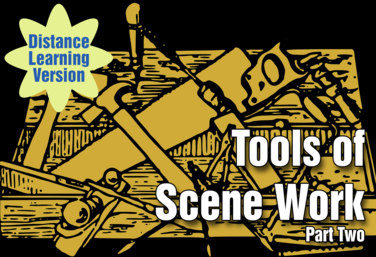
Part of the Distance Learning Curriculum
Scene Work: Part 2, Student Self Staging
by Lindsay Price
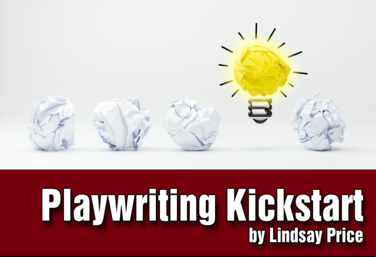
Playwriting Kickstart: Multi platform
by Lindsay Price
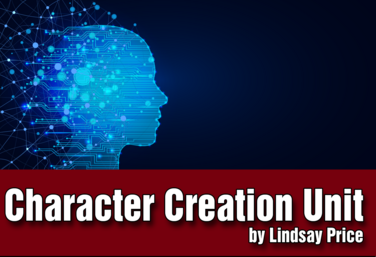
Character Creation: Superhero Series: Multi platform
by Lindsay Price and Kerry Hishon

Decolonizing Monologues
by Nicholas Pappas
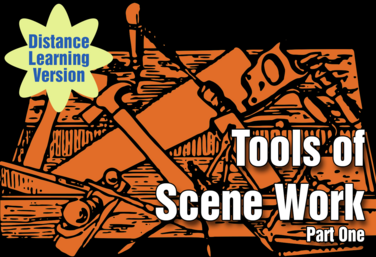
Part of the Distance Learning Curriculum
Scene Work: Part 1, Tools of Scene Work
by Lindsay Price
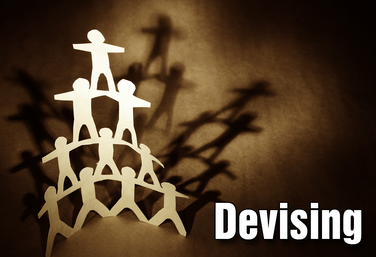
Part of the Drama Two Curriculum
Devising
by Corinna Rezzelle
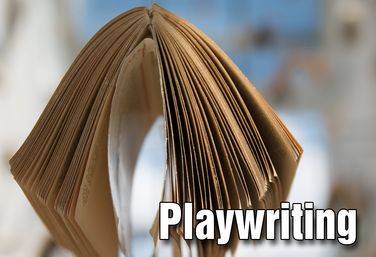
Part of the Drama One Curriculum
Playwriting
by Karen Loftus
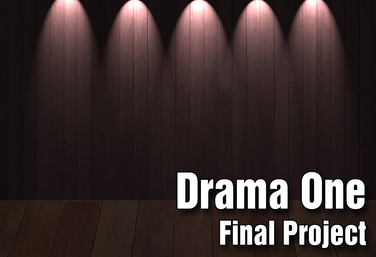
Part of the Drama One Curriculum
Drama One Final Project
by Karen Loftus
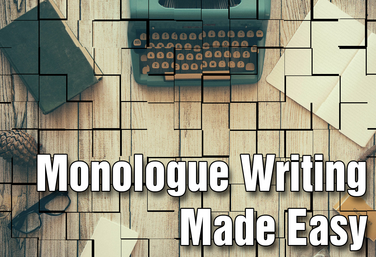
Monologue Writing Made Easy
by Matthew Banaszynski
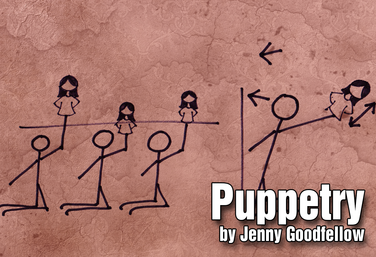
Puppetry
by Jenny Goodfellow
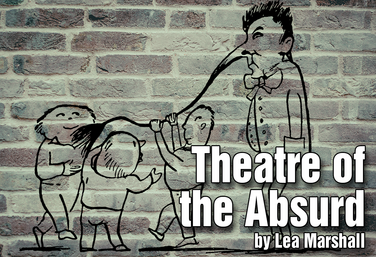
Theatre of the Absurd
by Lea Marshall
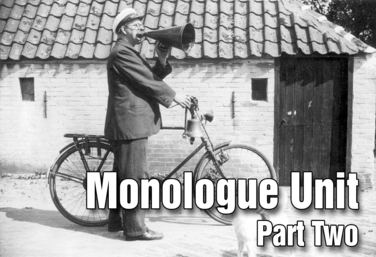
Part of the Drama Two Curriculum
Monologues - Part 2
by Matt Webster
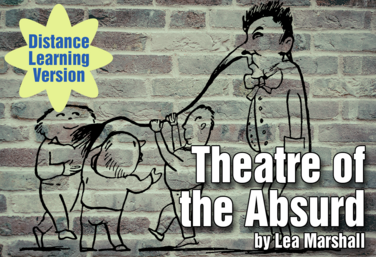.png)
Part of the Distance Learning Curriculum
Theatre of the Absurd
by Lea Marshall
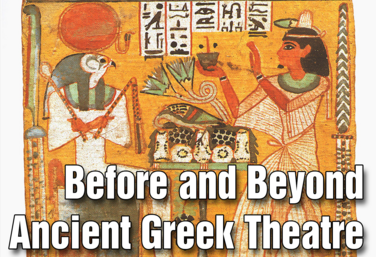
Part of the Theatre History Curriculum
Unit 1: Before and Beyond Ancient Greek Theatre
by Drama Teacher Academy
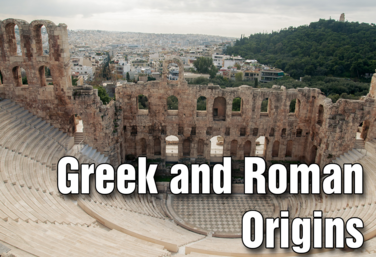
Part of the Theatre History Curriculum
Unit 2: Greek & Roman Origins
by Drama Teacher Academy
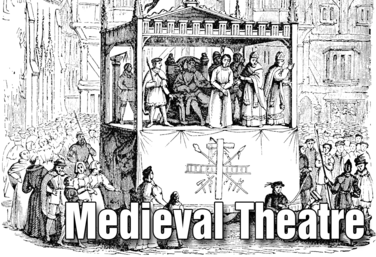
Part of the Theatre History Curriculum
Unit 3: Medieval Theatre
by Drama Teacher Academy
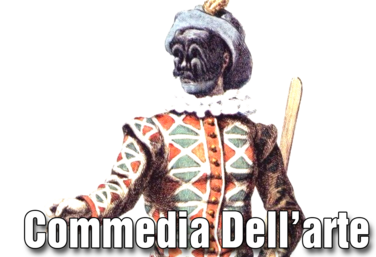
Part of the Theatre History Curriculum
Unit 4: Commedia Dell'Arte
by Drama Teacher Academy
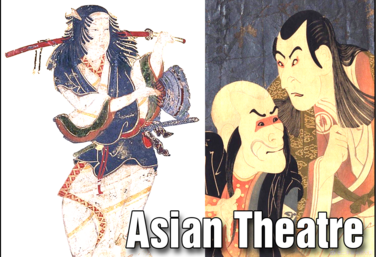
Part of the Theatre History Curriculum
Unit 5: Asian Theatre
by Drama Teacher Academy
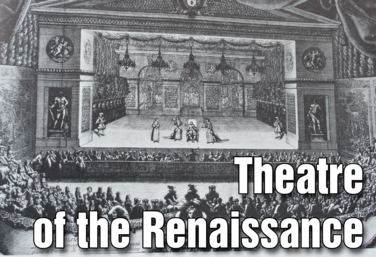
Part of the Theatre History Curriculum
Unit 6: Theatre of the Renaissance
by Drama Teacher Academy
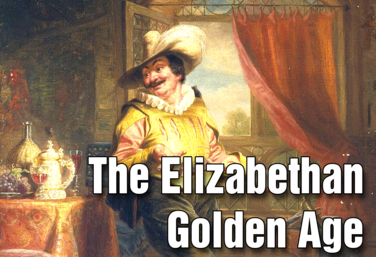
Part of the Theatre History Curriculum
Unit 7: The Elizabethan Golden Age
by Drama Teacher Academy
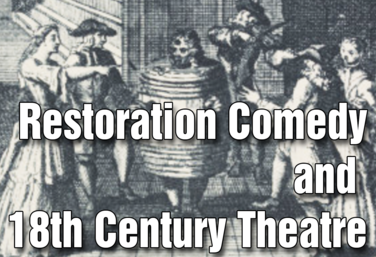
Part of the Theatre History Curriculum
Unit 8: Restoration Comedy & 18th Century Theatre
by Drama Teacher Academy
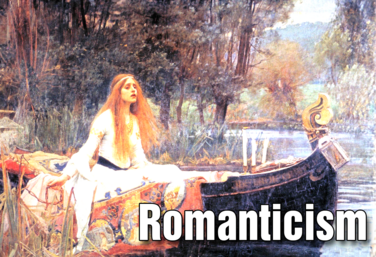
Part of the Theatre History Curriculum
Unit 9: Romanticism
by Drama Teacher Academy
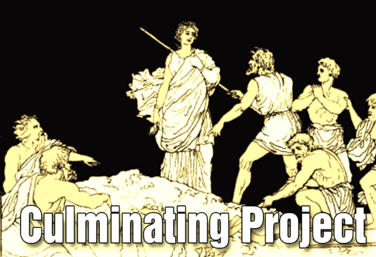
Part of the Theatre History Curriculum
Culminating Project
by Drama Teacher Academy
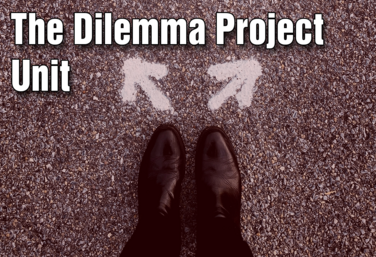
The Dilemma Project
by Claire Broome
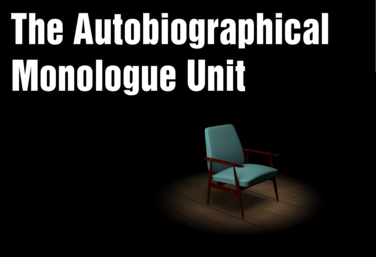
The Autobiographical Monologue
by Gai Jones
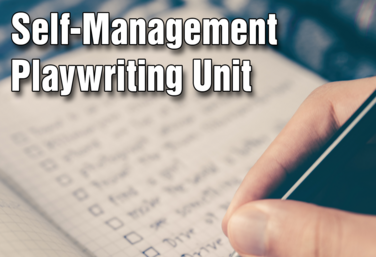
Self-Management Playwriting
by Lindsay Price
.png)
Realism and Naturalism
by Drama Teacher Academy
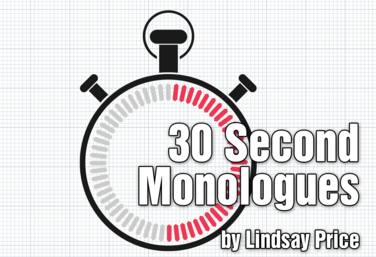
30 Second Monologues
by Lindsay Price
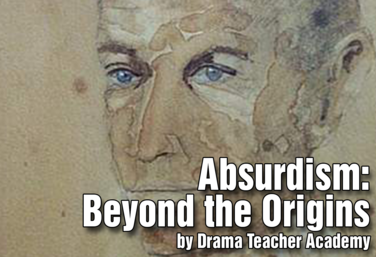
Absurdism: Beyond the Origins
by Drama Teacher Academy
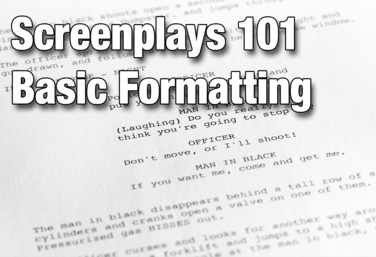
Screenplays 101: Basic Formatting Unit
by Nicholas Pappas
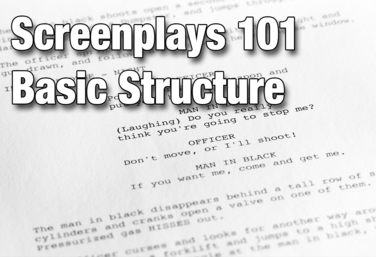
Screenplays 101: Basic Structure Unit
by Nicholas Pappas
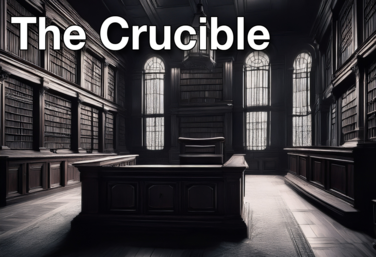
The Crucible Unit
by Lindsay Price
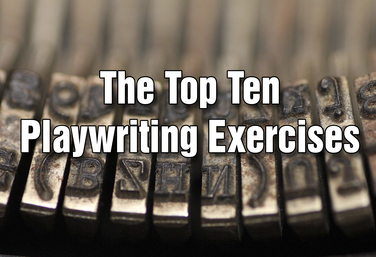
The Top Ten Playwriting Exercises
by Lindsay Price
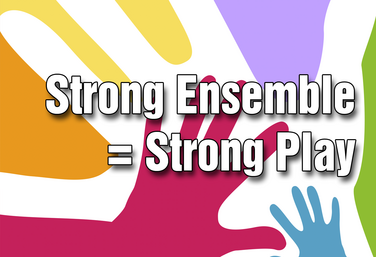
Strong Ensemble = Strong Play
by Craig Mason
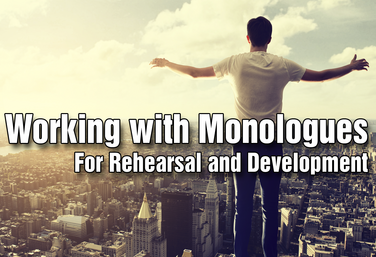
Working With Monologues For Rehearsal And Development
by Gai Jones

Laban: Advanced Characterization
by Todd Espeland
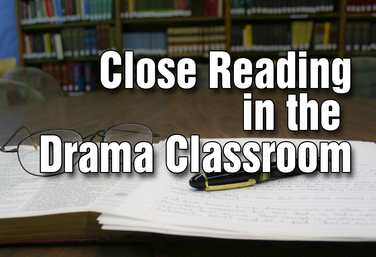
Close Reading in the Drama Classroom
by Lindsay Price
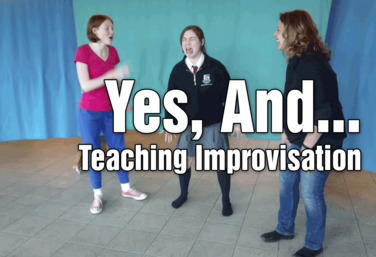
Yes, And... How to Teach Improv
by Jennine Profeta
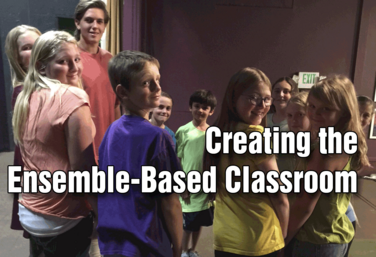
Creating the Ensemble-Based Classroom
by Gai Jones
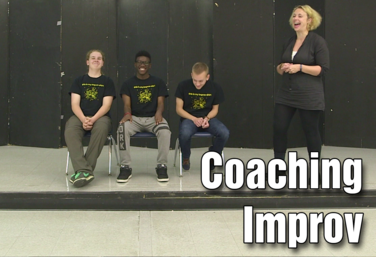
Coaching Improv
by Jennine Profeta

21st Century Skills Through Devising
by Allison Williams
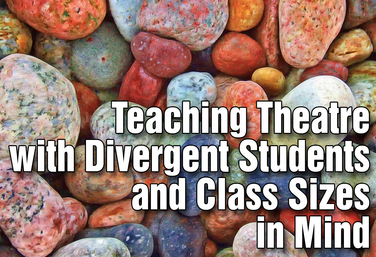
Teaching Theatre with Divergent Students and Class Sizes in Mind
by Steven Stack
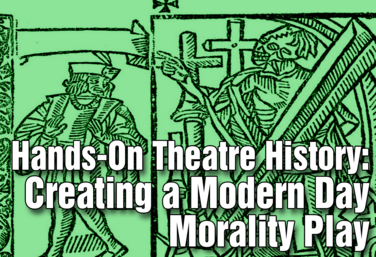
Hands-On Theatre History: Creating a Modern Day Morality Play
by Wendy-Marie Martin

The Dilemma Project
by Claire Broome
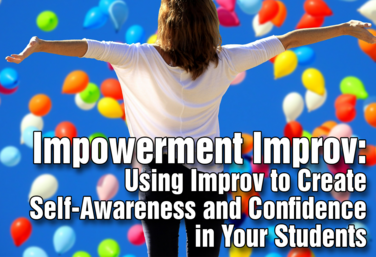
Impowerment Improv
by Jennine Profeta
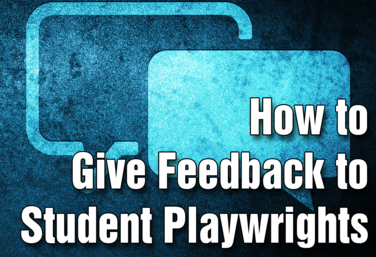
How to Give Feedback to Student Playwrights
by Nicholas Pappas
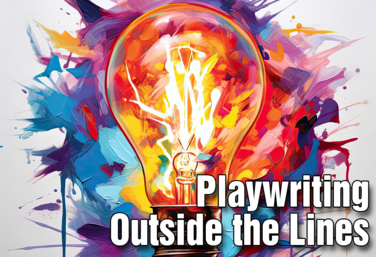
Playwriting Outside the Lines
by Steven Stack
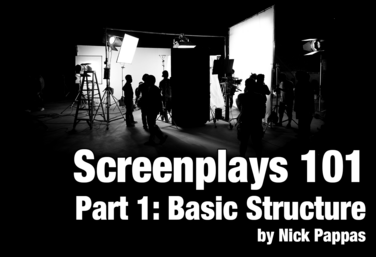
Screenplays 101 - Part 1: Basic Structure
by Nicholas Pappas
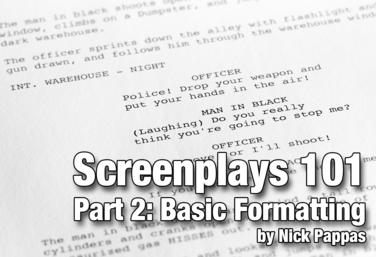
Screenplays 101 - Part 2: Basic Formatting
by Nicholas Pappas
View all Standards for Georgia Performance Standards - Theatre Arts Standards Master List